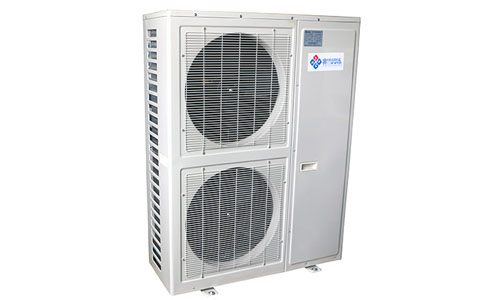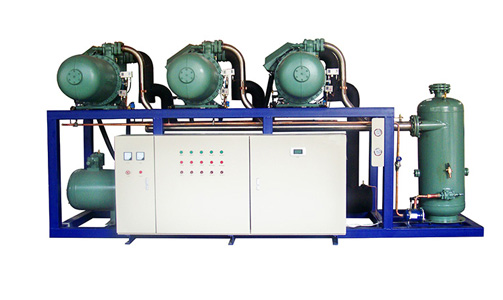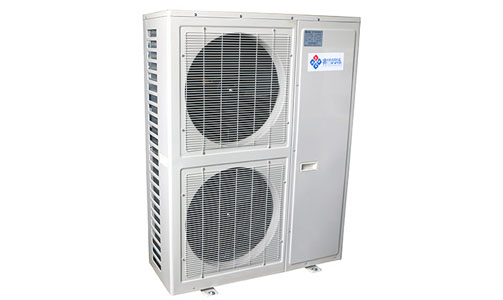Frequent cleaning and maintenance of the condensing unit prevents defects, saves money, and extends the life of the system. As it is a system consisting of different components such as the compressor, condenser, and fan - the latter consisting of the engine and propeller - the condensing unit requires special attention to preventive maintenance. Regularly checking the tightness of all parts and ensuring that they are clean will not only ensure an increased service life for all equipment but will also save money.
Key advantages of condensing unit preventive maintenance
For many companies, the cost of preventive maintenance is seen as high and can be deferred for some time. The problem is that in the long run the accumulation of repairs that need to be carried out can have a negative impact on the entire condensing unit system and its effectiveness.
Frequent reviews can anticipate and prevent new expenditures and avoid waste when contracting preventive services. Often, corrective maintenance operations are often more expensive due to the urgent or immediate replacement of parts or components.
Another important point of preventive maintenance is that it reduces the energy consumption associated with the use of more energy-efficient equipment. In addition to reducing the value of your energy bill, a properly functioning condensing unit also helps to reduce your environmental impact.

Copeland Air-Cooled Scroll Type Condensing Unit (5~15℃)
How to carry out preventive maintenance on condensing units?
Firstly, the tightness of the components of the condensing unit must be carefully checked. Correct preventive maintenance can avoid loosening or until it comes out of the base plate unit. It can also significantly reduce the noise level of the entire system.
The following checks the regular maintenance of the main components that make up the condensing unit.
1 - Condenser
The condenser (one of the main components of the cooling system) is exposed and tends to accumulate impurities such as dust, leaves, insects and paper, which can impede air flow.
A dirty condenser represents an increase in energy consumption and a loss of heat exchange capacity, which reduces cooling power. This build-up of dirt can also lead to higher condensing temperatures.
And how do I clean the condenser? To remove impurities, great care must be taken. They should be removed with water, a cloth or compressed air. Do not use chemicals, especially those containing chlorine. Exceptions apply to those environments where a lot of fried food is used, such as industrial kitchens and restaurants, where a suitable degreaser is required to remove the grease.
2 - Condensing unit engines/fans
Please note that dirt build-up in the condensing unit fan will require more effort from the engine, thus overloading it and consuming more energy.
In addition to increasing energy consumption, impurities in the fan will shorten the life of the entire system. For units with aluminium propellers, their balance must be checked.
When cleaning, simply note if the engine and fan are dirty and then use a cloth or compressed air to remove any dust or any other type of substance.
3 - Compressor
The compressor is the main component of the cooling system. One of the main issues is energy efficiency so that it consumes less energy while maintaining the same quality.
One of the most important points in compressor maintenance is to check the voltage. It should always be close to the rated voltage (127 V or 220 V). In addition, the current consumption must be analysed and compared with the information in the manufacturer's operating manual.
Any variations or deviations in the consumed voltage and current may pose a risk to the service life of the compressor. To note them, use suitable measuring equipment.
Another important aspect is to find out if there are any vibrations caused by loose compressor fixings. If so, they need to be resolved by re-tightening them, as these oscillations must be eliminated so that they do not lead to cracks in the solder joints connecting the compressor to the system, not to mention the excessive noise they can generate.
Regular servicing and preventive maintenance of condensing units can therefore reduce the likelihood of more serious problems with the equipment, thus saving money and increasing the productivity of your business.
For further technical information talk with our specialist or visit our website https://www.kendallcool.com. We can help you to identify the best solution for your application.







